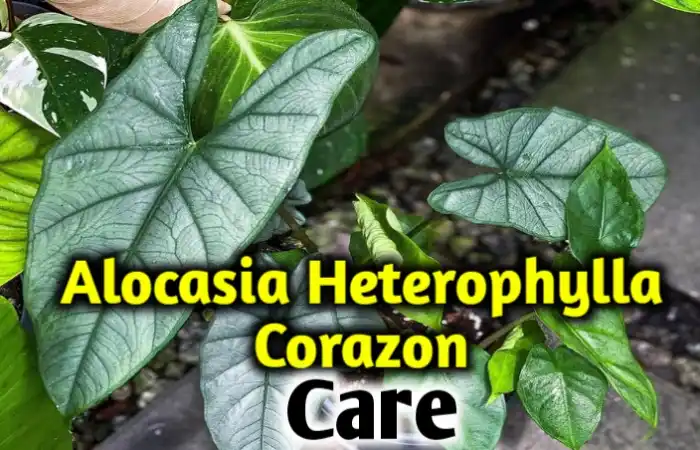Alocasia silver dragon care, propagation- All you need to know
Have you seen any black spots or brown leaves in your alocasia silver dragon plant? Or, are you searching for the perfect maintenance schedule for your silver dragon plant? As alocasia silver dragon plants cannot develop more in a stressed situation, you should know the basic points of their caring.
This plant can grow well in bright but indirect sunlight. Besides, it loves to stay in moist, well-drained and nutrient enriched with sandy loam soil but water should not clog there. 55-80°F temperature and 60-80% humidity are perfect for this plant.
Hence, if you want more clear information then scroll below and grab your cherished one.
Overview
| Scientific name | Alocasia baginda |
| Family | Araceae |
| Other names | Jewel alocasia |
| Origin | Borneo, Indonesia and the Eastern part of Australia |
| Plant height | Around 2 ft |
| Plant type | Perennial plant |
| Leaf | Green leaves with dark green veins |
| Stem | Green stems |
| Soil | Sandy loam, well-drained and nutrient-enriched soil |
| Sunlight | Bright indirect sunlight |
| Watering | Moderate watering |
| Temperature | Around 55-80°F |
| Humidity | 60 to 80% |
Where to buy the alocasia silver dragon plant?
Are you confused about the way of getting an alocasia silver dragon plant in your garden? As it is a rare plant, you may have hassles getting the perfect one in the local nurseries. Still, you can search for them there. Otherwise, I can suggest some online websites like Etsy.com from where you can buy your lovely silver dragon.
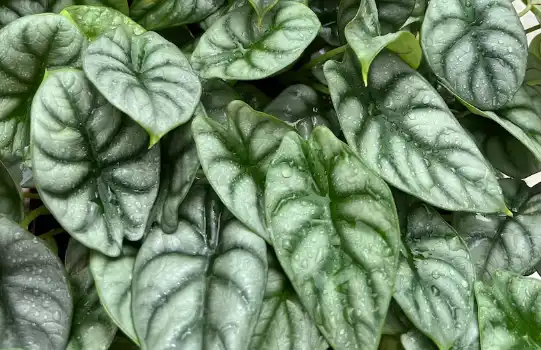
Alocasia silver dragon plant care guide
To take proper care of alocasia silver dragon, you have to focus on some specific points which are important for their overall growth. The sections are-
- Sunlight
- Watering
- Temperature and humidity
- Soil medium
- Fertilizer requirement
Light requirement
Light intensity should be strictly maintained for this plant. Alocasia silver dragon loves to grow in bright and indirect light. If you keep them in a large range of sunlight, the leaves may get burnt and lose their glossy surface. To protect them from this situation, you may keep them a little away from the window where they will get the best position.
Watering guide
Watering is the next step of our discussion. Alocasia silver dragon plants don’t love to stay in excessive watering. They need enough moisture but water should not clog that soil. Hence, before watering, you should check the moisture level in the soil and if it is dry, then water the soil.
Soil requirement
Then, comes the perfection of soil. Soil should be sandy loam and enriched with nutrients. Enough nutrient material helps the plant to grow fast. At the same time, you should keep a proper drainage system or hole below the pot. It will help the plant to cope perfectly with the moisture of the soil.
Temperature and Humidity
As the silver dragon is a plant of tropical rainforest, it is well adjusted to a warm climate. Temperature ranging between 55-80°F is perfect for the development of foliage of silver dragon. Again, a humidity range between 60-80% is very precious for this plant.
Fertilizer
Lastly, I will give you some ideas about the fertilizer requirement of this plant. Fertilizing liquid fertilizers once a year in the spring is enough for them. It will enhance the production of vegetative parts and induce the reproductive phase. Otherwise, too much fertilizer will burn the leaves.
Alocasia silver dragon plant propagation
Propagation is the procedure by which you can produce a new plant using a small part of your existing silver dragon plant. You will just need a scissor or knife, a pot prepared with soil mixture and a polythene sheet.
Step-1: Choosing the mother plant: Choose a healthy mother plant which is disease-free and matured. The stem development and leaves glossy nature will make you understand maturity.
Step-2: Cutting: In this phase, you will need to cut the stem part with a knife. But keep at least one node in each of the cuttings.
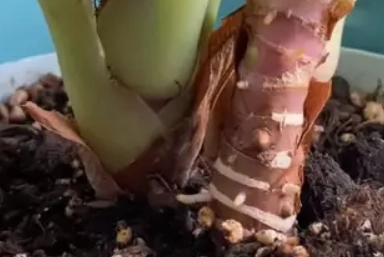
Step-3: Planting: Prepare a soil mixture with sandy loam soil, perlite and coco-peat. Keep half of that mixture in the new pot and plant the cutting. Then keep the rest of the soil mixture.
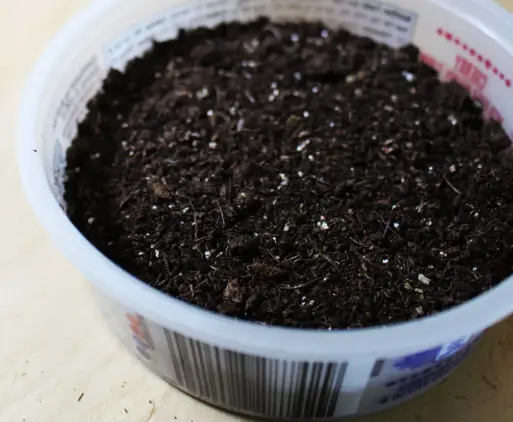
How to repot alocasia silver dragon plant?
Are you facing root rot or root-bound problems in your silver dragon plant? Then, repotting may be the perfect solution for this. Prepare a soil mixture as I stated in the propagation section. You just need to uproot the plant from the previous pot and then plant it in the new pot of soil. But make sure, the root system should not be damaged.
Why are my alocasia silver dragon plant leaves turning brown?
One of the common problems of the alocasia silver plant is brown leaves which are mostly caused by overwatering or over-fertilization. Too much water initiates root rot and pest attack which may cause brown leaves. Too much fertilizer also hinders the activities of other micronutrients.
Why are my alocasia silver dragon plant leaves curling?
Alocasia silver dragon plants may curl due to the effect of excessive temperature. Though it loves to stay in a warm place, too many hot days are detrimental to its existence. If you don’t water the plant properly at that time, it may lose its strength to stand.
Why are my alocasia silver dragon plants having black spots on their leaves?
These spots are an indication of a pest attack on the plant. When the insects like mealybugs affect the plant, they take food from the veins of the leaves and excrete some sugar drops. As they grow underside of the leaves, those drops fall on the below leaves and the black spots occur. You have to provide proper insecticides at that time.
Alocasia silver dragon plant vs alocasia nebula plant
Alocasia nebula plants resemble alocasia dragon plants. Both of them have dark green veins and a green leaf surface with oval-shaped leaves. But the nebula leaves are larger than the silver dragon plant and here you can differentiate them.
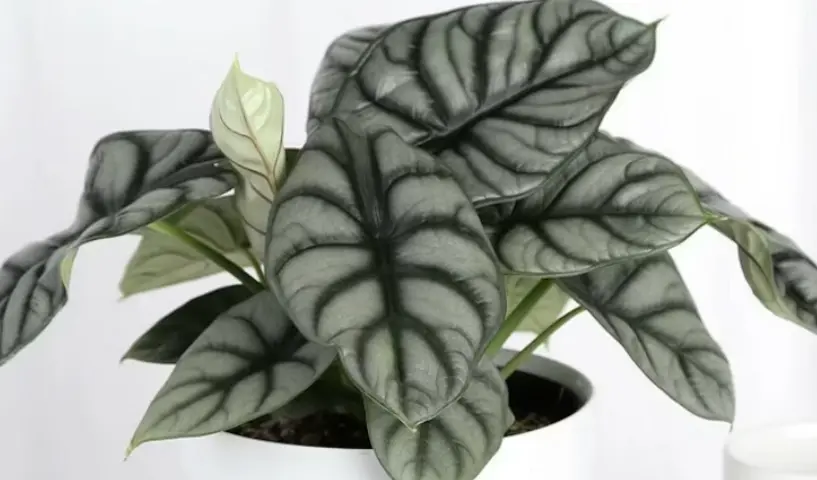
Alocasia silver dragon plant vs dragon scale alocasia Plant
Dragon scale is another plant that you may confuse with the alocasia silver dragon plant. The leaves are also green with dark veins. But some of the veinlets are clear in this plant which is not seen properly in the silver dragon plant.

Is the alocasia silver dragon plant toxic to humans?
Yeah! This plant is toxic to humans and pets both. The plant can cause skin irritation with allergic problems and vomiting. Children are more susceptible to these problems as they have soft skin. Hence, it is better to keep them far from this plant.
Do alocasia silver dragon plants produce flowers?
Yes, they produce flowers when they reach perfect growth. Reproductive parts are established properly after a certain maturity and at that period they can produce flowers. They normally bloom in early summer or spring when they can bloom.
Final thoughts
So, I have to end here the detailed discussion of this beautiful plant. I tried to include some problems here which you can sort out easily by following these points-
- Water regularly but don’t water much of your plant.
- Use mulches in case of excessive temperature
- Sprinkle water to preserve the moisture around the plant’s atmosphere.
- Don’t apply much fertilizer to your plant.
Maintaining an alocasia silver dragon plant is not so tough, but it becomes non-negotiable if you don’t take initiative carefully when the plant is under stress. So try to fulfill their requirements and get a happy plant.

![Alocasia Nebula care, propagation, leaves problems [All you need to know]](https://diaryforgardening.com/wp-content/uploads/2022/09/Alocasia-Nebula-Care.webp)
![Philodendron pedatum care & propagation guide [step by step guide]](https://diaryforgardening.com/wp-content/uploads/2022/06/Philodendron-pedatum-care.jpg)

![Alocasia portei care, propagation, leaves problems [All you need to know]](https://diaryforgardening.com/wp-content/uploads/2022/09/Alocasia-Portei-Care.webp)
![How to water Peace Lily while on vacation [Pro Tips]](https://diaryforgardening.com/wp-content/uploads/2022/09/Peace-lily-watering-on-vacation.webp)
